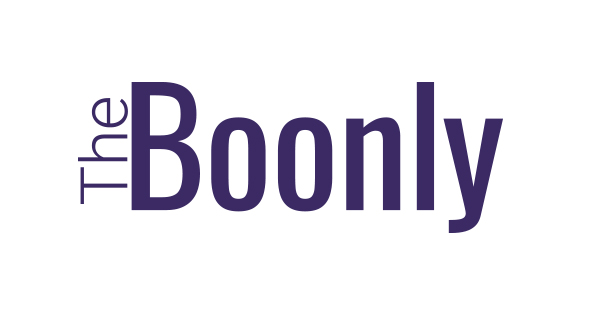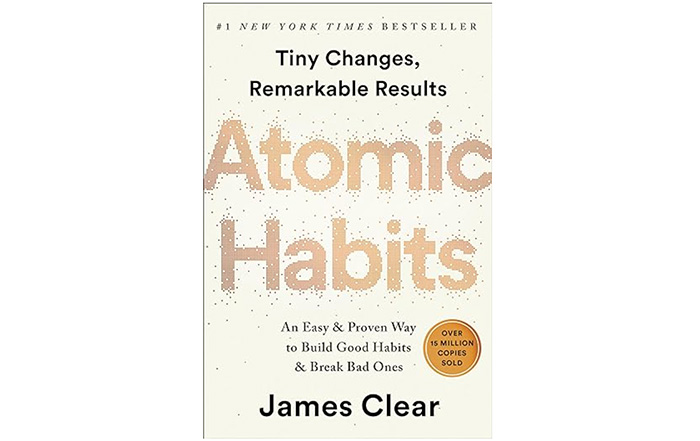Where to find this idea:
Atomic Habits: An Easy & Proven Way to Build Good Habits & Break Bad Ones by James Clear
If your brain were a sitcom, all-or-nothing thinking would be that over-dramatic character who takes everything to the extreme. And we’ve all played that character at some point and been caught up in the “black and white” cycle, especially when trying to build new habits.
For example, you’ve been diligently practicing Spanish on Duolingo, keeping up a hot streak for 10 solid days. But then, you miss a few days and break your streak (because, you know, life happens). Suddenly, you feel like quitting, canceling your subscription, and waving adiós to your dream of learning a new language. Sounds familiar, doesn’t it?
With all-or-nothing thinking, middle ground, flexibility and moderation are out, while frustration and abandonment are in.
But just because you don’t do things perfectly, it doesn’t mean that you shouldn’t keep going.
The world is not binary. People, experiences and choices are not black and white. Had a disagreement with a friend? Your relationship is not doomed. Missed a deadline at work? You are not the worst employee ever. Habits and relationships are built when we do our best most of the time, not all the time. We want to allow ourselves (and others) the grace to be imperfect.
So, how do you break free from the clutches of “black and white” thinking and start noticing other colors?
Well, what if we:
- Practice metacognition by consciously observing our thought patterns and internal dialogues.
- Or if we try to pay more attention to thoughts filled with absolute terms such as “always” and “never.” Like, “you never listen to me” and “I always make mistakes.”
- Orrr if we try to engage an extreme thought by exploring it with “yes, and.” “Yes, we had an argument, and we’ve also learned from it. “Yes, I’m good at what I do, and sometimes I make mistakes.”
Maybe these changes could make things better.
Rarely is life “either/or.” Between two extremes is where possibilities live.

